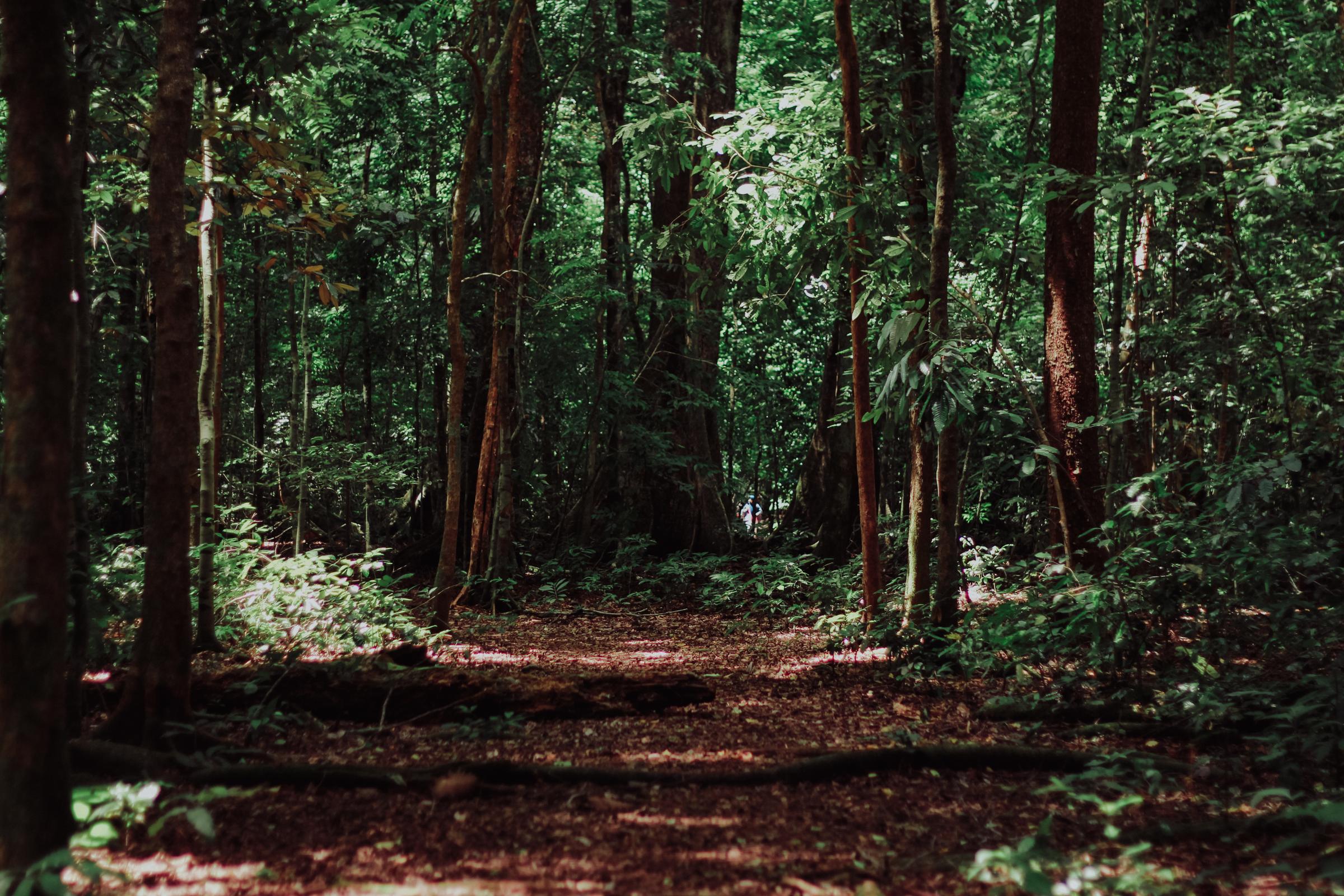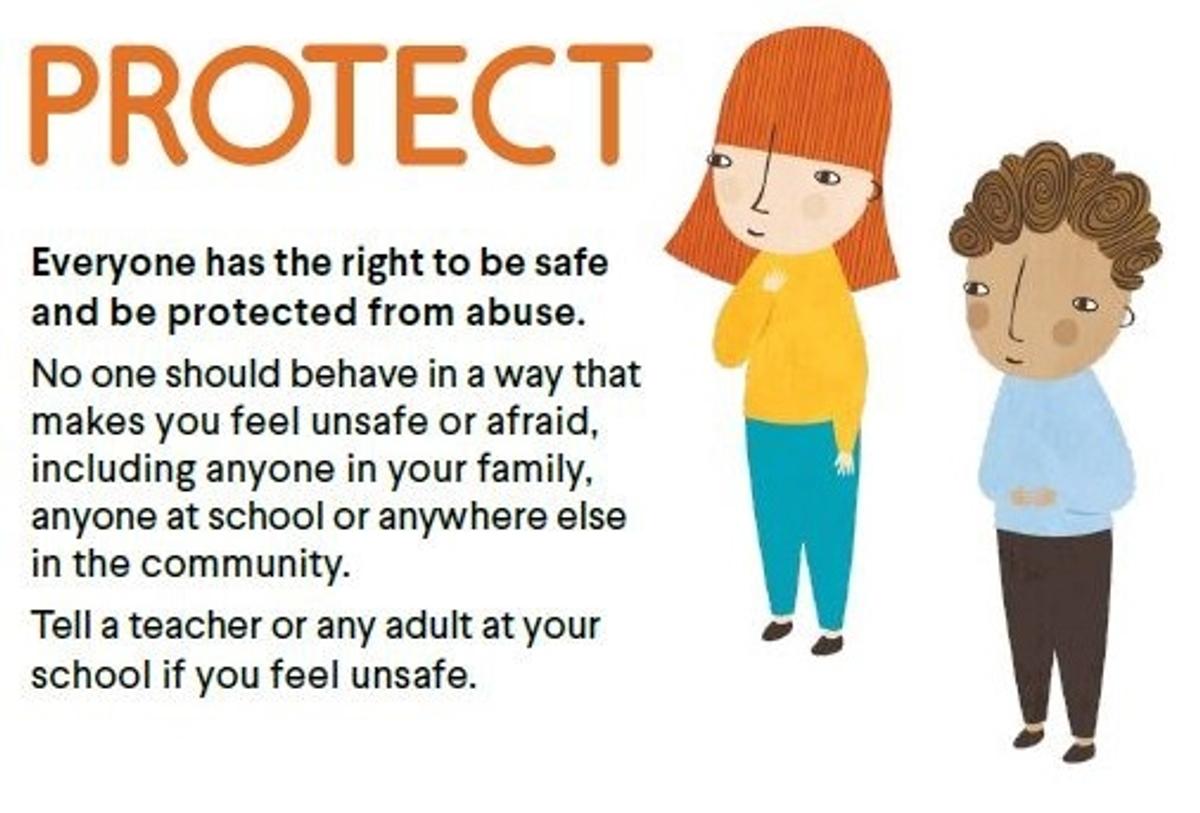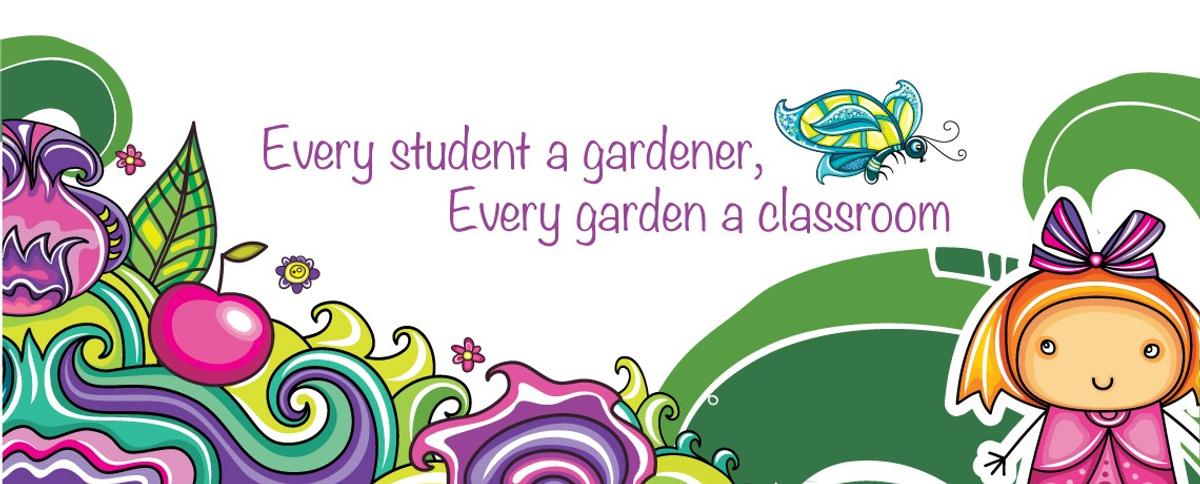principal's message

class formation - structures
Thank you to all the community members who offered ideas and feedback on class formation for 2020. The school received just over ten recommendations, ideas, wonderings and feedback from the community regarding our class structures for 2020 and a pattern was evident quite early on; the number of Grade 2s in 2020 is a concern for some families.
The increased number of Grade 2s in 2020 is reflective of our school’s increasing popularity prior to the Department’s tightening of their enrolment policy in 2018, which severely limited the number of out-of-zone enrolments coming into our school. Had there not been a change required in the processing of enrolments, our Grade 1 and Foundation cohorts in 2020 would be equal or larger in size. However, it is important to note that the rise and fall of enrolment numbers each year is not a new issue for us to manage as a school. When comparing other year levels within the school as a percentage difference, we see that the ratio of Grade 1 to Grade 2 in 2020 is not unusual. When the difference between the two grades is described as a number of students it seems greater, yet we are spreading these students across a larger number of classes than we have ever before, meaning the number of Grade 1 & 2 students in each class is not significantly different to many other classes in many other years. This is not to take away from the concern some families are feeling, but highlights for me the importance of communicating a number of educational aspects that we consider and regularly enact, that many families may not be aware of. It has also reinforced the importance of considering the experiences of our students and seeking their voice in this process.
The most common solutions to a large Grade 2 cohort discussed were to have either a single ‘straight’/single-year Grade 2 class (to even out the other grade 1/2 classes) or to create all our Junior classes as single-year classes next year. Whilst these solutions even out our grade numbers, they cause other concerns for our school culture and not do align with our pedagogical approach. For example, if we had one Grade 2 class, what would be the deciding factor to allocate children to a single-year grade or keep them in a composite grade? What would be the outcome for our culture of community when we have one class that appears to be so different from the others?
When considering if we should make all the Junior classes single-grade, this certainly removes the question of perceived inequality but challenges the pedagogical belief we have about children’s development. As a school, we know that kids learn quickly (and we love it!) and recognise that 12 months is a long time in the world of a child (just check out our current Foundation students, they’ve grown up so much!) but we also believe that everyone is different. We believe that people grow and learn in different ways, at different rates and have different strengths. We proudly celebrate this and as teachers, we commit most of our professional learning to master our approach to differentiating instruction. Differentiation refers to the practice of adapting content, process, products, or the learning environment to meet the diverse range of abilities, needs and learning styles in a classroom.
Differentiating is an essential skill in teaching, it is what we believe makes teaching an art. Research has shown time and again that in a class of students of any single-year-level, it is not uncommon to find a spread of ability up to seven years. In some educational settings, creating single-year-level grades then creates a false sense of similarity across the students. Interestingly, having single-year-level classes can also isolate students who are significantly outside of the expected ability range in any academic or social area, whilst composite and multi-age classes can be created to have a better balance of ability within the class. As I write this, I know there will be people asking “But what about the Foundation year?” and for those families with a long history with our school, “I’m sure I’ve seen a single-year grade 6 before?” - and the answer to that is, yes - a good point! After a number of years of research and discussion, BNW decided to form single-year Foundation classes, recognising the different type of learning that is required for most of our Foundation students - they are learning to be at school as well as learning at school. In the past, when the numbers worked out, we have also had a single-year grade 6 class, with the idea that again, these students are facing a new type of learning - preparing for high school. In our experience, a single-year Foundation is highly beneficial for our students and the drawback of not knowing other students within the school can be countered with conscious decisions to meet, learn, play and create with students from the Junior School. Feedback from having a single-year Grade 6 class is mixed and would need serious consideration before revisiting (if the numbers ever work out that way again!).
With all this in mind, our class structure for 2020 will include:
4 Foundation classes
7 Junior classes
5 Middle classes
5 Senior classes
We are, however, aware of the concerns some families have about the number of Grade 2s in each class and we will continue to communicate with the community, our approach to managing this. One of the elements I appreciated most in the feedback provided by families this year was the recognition of how complex this decision is; that there is no single, easy and winning answer (at least not this year!) and that there are benefits and drawbacks to all the choices available. I want to thank the families who provided input and I want to assure families that we understand the concerns and are passionate about creating the right physical, emotional, social and intellectual environment for all our students.
class formation - placement requests
Over the past fortnight along with input on class structures, families have started talking to me, the office and classroom teachers about class placement for next year. As per our class formation policy, we ask that requests for placements are submitted through the Google survey that can be found here and is open until Friday 15th November. We ask for the survey to be used because we are a growing school and can no longer track the requests provided through emails, phone calls and conversations in person. If you have already made contact with the school via any of these methods, we do ask that you still complete the survey. Also partly in response to us growing as a school, we ask that families only submit requests if they feel the request will have a strong impact on your child’s ability to access their education next year. Preferences and hopes become increasingly more challenging to match as our school continues to grow. In addition to this, we can often limit the opportunities available to our children by asking for more of what they already know (for example, “Can my child please be with their favourite teacher/best friend?”); as the varied grown-ups and children we meet help add to the rich tapestry of our community and our lives. If you are unsure if you should be submitting a class placement request, please speak with your child’s classroom teacher.
child safety standards audit
Last week our school underwent a Child Safety Standards audit. The Child Safe Standards were developed in 2016 and seek to ensure organisations remain aware, accountable and proactive in the pursuit of eliminating child abuse and increasing children’s real and perceived sense of safety.
Whilst the final report has not been completed yet, our assessor has provided feedback that we should meet all expected standards without any concerns. We received some wonderful feedback from the assessor, particularly around inclusive actions for family structures and students with additional needs, for the way we respect and celebrate Indigenous perspectives, for empowering students through body awareness education and our Respectful Relationships curriculum and for prioritising student voice in all our actions. We are also pleased that Body Safety Australia wants to work with our school and our students to develop child-friendly documents about their safety, which we hope will be a useful resource for our whole school community and beyond.
our award-winning productive garden
On Thursday 21st November, representatives from our school will be presented with an award from the Victorian Schools Garden Program, for the best Productive Garden in our region! Not only is this an exciting recognition of the hard work of our community, it is also a wonderful reminder of how lucky our students are to have these resources available to them every day. Thank you to everyone involved in the movement and renovation of our productive garden so far - thank you to the Buildings & Grounds sub committee, our Garden Action Group, a number of parents who wrote the grant application, Ian & Sarah for your guidance and education, along with all our students - especially our Enviro Club! Our productive garden hasn’t even been completed yet, and we have won a regional award and are in the running for the Category and State awards! I can’t wait to see what we might achieve once our STELLA building is functioning!
appropriate clothing
Last fortnight I wrote about sunsmart clothing and asked our community to support the message by (where possible) also engaging in sunsmart behaviours, as we are all role models for the young people within the school. This week one of our wonderful parents who is helping us manage our lost property pile came across an adult (or Grade 6?) sized jacket with a swear word printed on the front. We do not have a compulsory uniform, however we do ask that no clothing is offensive. Whilst deciding what is offensive is somewhat subjective, I am sure our community will agree that swear words are not appropriate for the primary school environment and hope there are no concerns in all community members adhering to this request.


